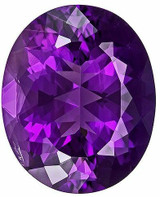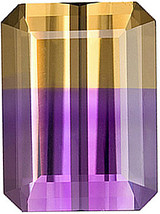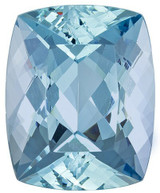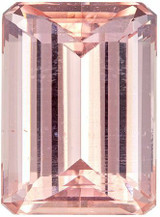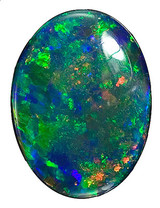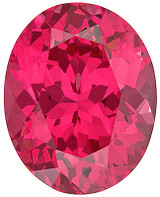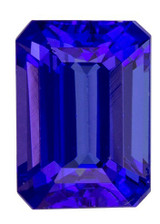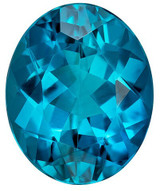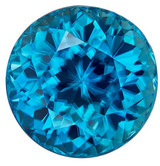Semi Precious Gemstones - What Are They?
Semi-precious gemstones are gems that are not considered to be as valuable as precious gemstones, such as diamonds, emeralds, alexandrite, rubies, and sapphires. They are still valuable, and often extremely valuable and are often used in jewelry, but as a general rule are not as rare or expensive as precious gemstones. Some examples of semi-precious gemstones include amethyst, garnet, turquoise, peridot, opal, tourmaline, spinel, topaz, and citrine. These gemstones can be found in a variety of colors and are prized for their unique beauty and durability. They are often used in a variety of jewelry styles, including rings, earrings, pendants, and bracelets.
While the classifications of precious and semi-precious gemstones have been around since ancient times, ancient definitions were often based on the visual beauty or talismanic properties of the gem. The Pharaohs of ancient Egypt, for example, used glass beads (our costume jewelry" - not even semi-precious gems!) in their prized jewelry. Tutankhamun's famous Necklace of the Sun" was crafted from glass beads interspersed with gold and cornelian beads. Certainly King Tutankhamun didn't use glass because he was lacking the budget for more precious stones! Ancient Egypt values of precious and semi-precious materials clearly appear to be different than our own.
The modern definitions of precious and semi-precious gems date back to the mid-1800s. One of the catalysts was the discoveries of big amethyst deposits, which suddenly made amethyst - valued as a precious stone for centuries - not as rare and coveted. So amethyst dropped off the list, and the precious gemstones were defined as diamond, ruby, sapphire and emerald. All other gemstones, no matter how beautiful, were relegated to "semi-precious gems."
Even though the distinctions precious gems" and semi-precious gems" are familiar to most gem lovers, the terms are not a good indicator of value, or even rarity. Jadeite, painite and musgravite can be worth just as much per carat as - if not more than - emerald, rubies and sapphires. Tourmaline is considered a semi-precious" gem, but the finest gems from the recent discoveries of Paraiba Tourmaline can reach $80,000 a carat! And even the prices of fine quality regular" tourmaline, spinel and garnet are rising at the rate of 10-30% a year. For that reason, most gem and jewelry associations discourage the use of semi-precious gems" when describing gemstones.
We've kept the terms on the site, because most gem buyers are familiar with those terms. But just as we've put alexandrite in the precious gems" section, because the value certainly matches that of the other precious" gems, we may put other officially semi-precious gems" in the precious" section in the future to more accurately reflect market conditions. If you want a true indicator of the preciousness" of any given stone, the informed consumer will do two things. First, look at the price. Second, look at the visual beauty of the stone and, like the ancient Egyptians, decide how it appeals to you.
Are Semi Precious Loose Gemstones Suitable for Fine Jewelry?
Semi-precious gemstones are often used in fine jewelry. Fine jewelry is typically made with high-quality materials and is more expensive than fashion jewelry. Semi-precious gemstones can be used in a variety of fine jewelry styles, including rings, earrings, pendants, and bracelets. They can be cut and shaped into a variety of forms, such as cabochons and faceted, and can be set in a variety of metals, including gold, silver, and platinum. Semi-precious gemstones can add color and interest to fine jewelry and are often used to create unique and stylish pieces.
Shop Beautiful Loose Semi Precious Gemstones
Natural gemstones are undeniably beautiful. Yet one could ask, with the availability of cheaper materials that mimic the gemstone look, why do we still value natural gemstones? The answer is very deep. Many many miles deep in fact! Let's take a look at the formation of a natural gemstone. The earth's crust varies in depth from 3 to 25 miles. Underneath the crust is a layer of molten rock called the mantle, the earth's mantle is the bulk of the earth's volume and it is a whopping 1863 miles thick! Since the magma of the earth's mantle is fluid and in constant motion it creates wear and fractures on the lowest layer of the earth's crust. The fractured bottom-most layer of crust which has magma fluids escaping through its cavities creates the perfect condition for crystal growth. As this chemical rich fluid moves and cools throughout the earth's crust, crystallization will occur over time. When all of the physical and chemical ingredients are just right, a beautiful gemstone will be formed, yet this process can take a super long time! When we take time to consider the uniqueness and rarity of natural gemstones we can start to begin to appreciate their value and beauty!
What are the Most Popular Types of Semi Precious Gemstones?
It is difficult to determine the most popular semi-precious gemstone, as preferences for specific gemstones can vary greatly depending on personal taste, cultural and regional differences, and current fashion trends. Some semi-precious gemstones that are widely popular and widely available include:
Amethyst: a purple gemstone that is often used in rings, earrings, and pendants
Garnet: Often a deep red but also is available in all colors that is often used in rings and earrings
Opal: A semi transparent or opaque gemstone with lots of different colorsTurquoise: a blue-green gemstone that is often used in rings, earrings, and pendantsTourmaline: Popular for its many colors and durabilityPeridot: a green gemstone that is often used in rings, earrings, and pendants
Topaz: a clear or colored gemstone that is often used in rings, earrings, and pendants
Citrine: a yellow or orange gemstone that is often used in rings, earrings, and pendants

